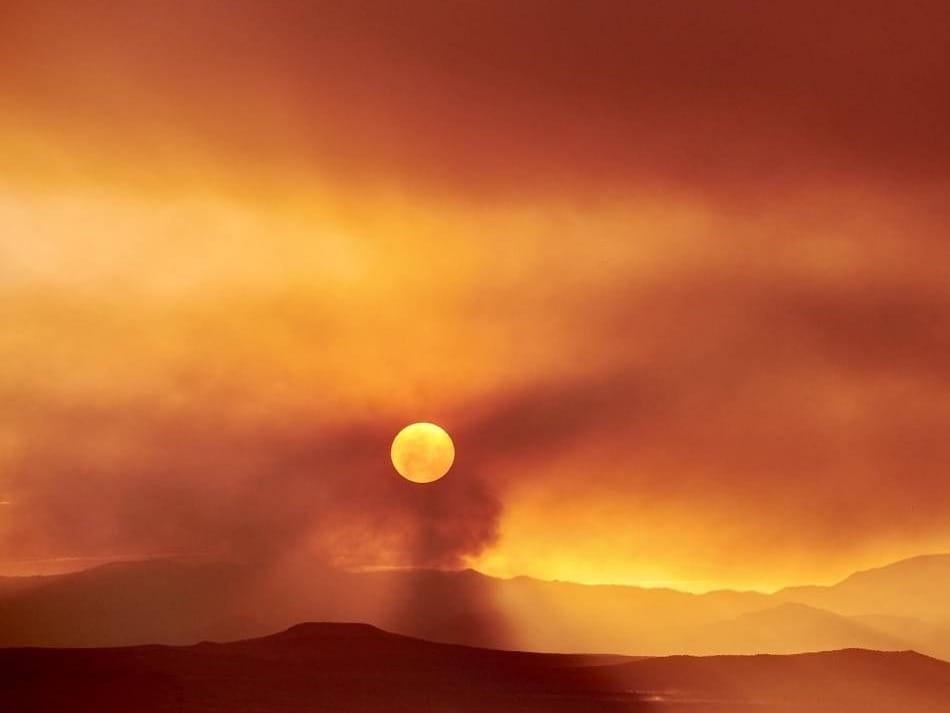TAOS, New Mexico (AN) — Climate change is devastating the American West.
Here in New Mexico, wildfire season is off to an early and ferocious start. Stoked by unseasonably warm temperatures, low humidity and howling winds, fires across the state are consuming hundreds of thousands of acres of forest and farm lands. Homes and communities are being lost and livelihoods destroyed. Wild and domestic animals are dying in numbers that are impossible to count. National and state parks and monuments are closing their gates to visitors.









